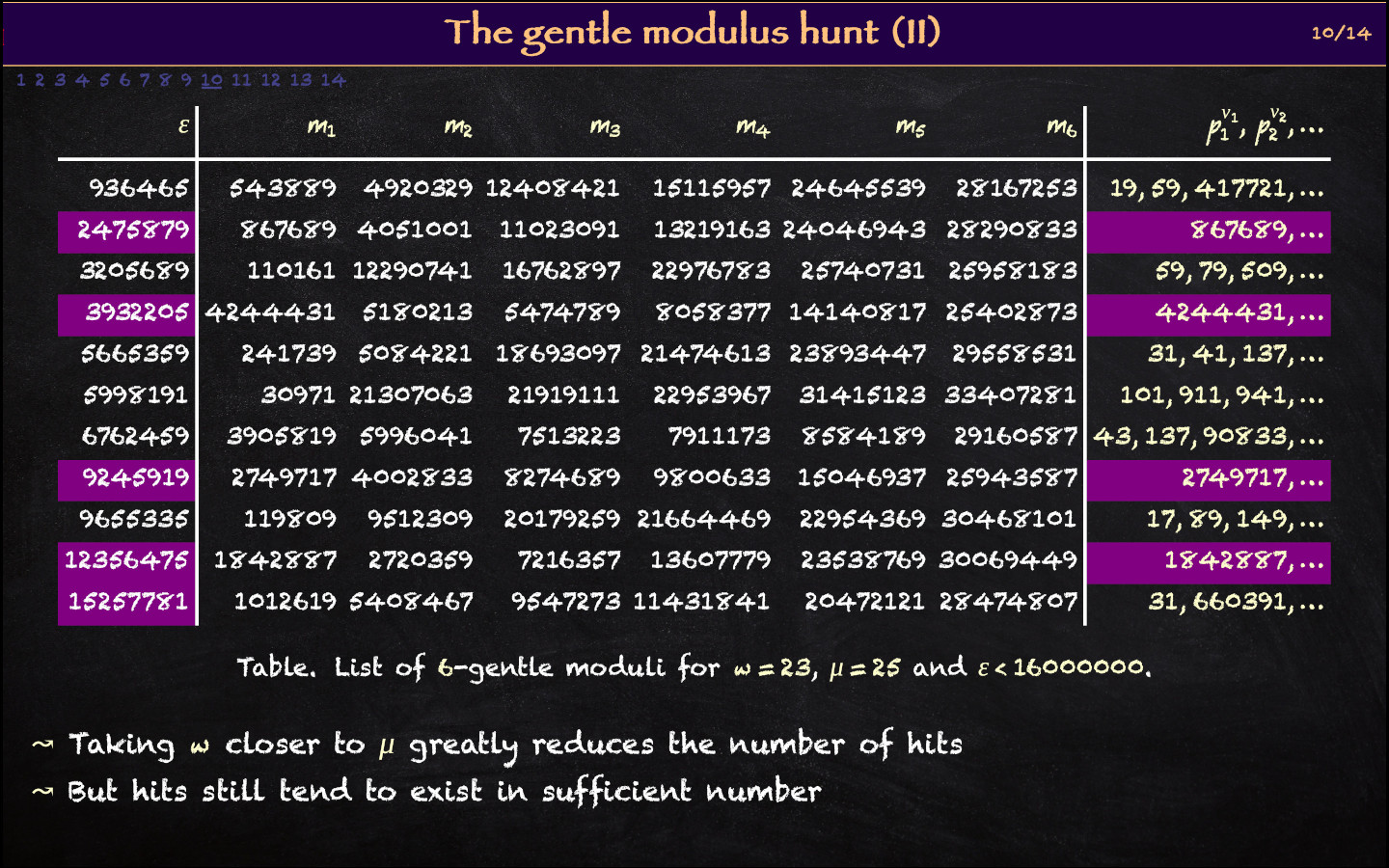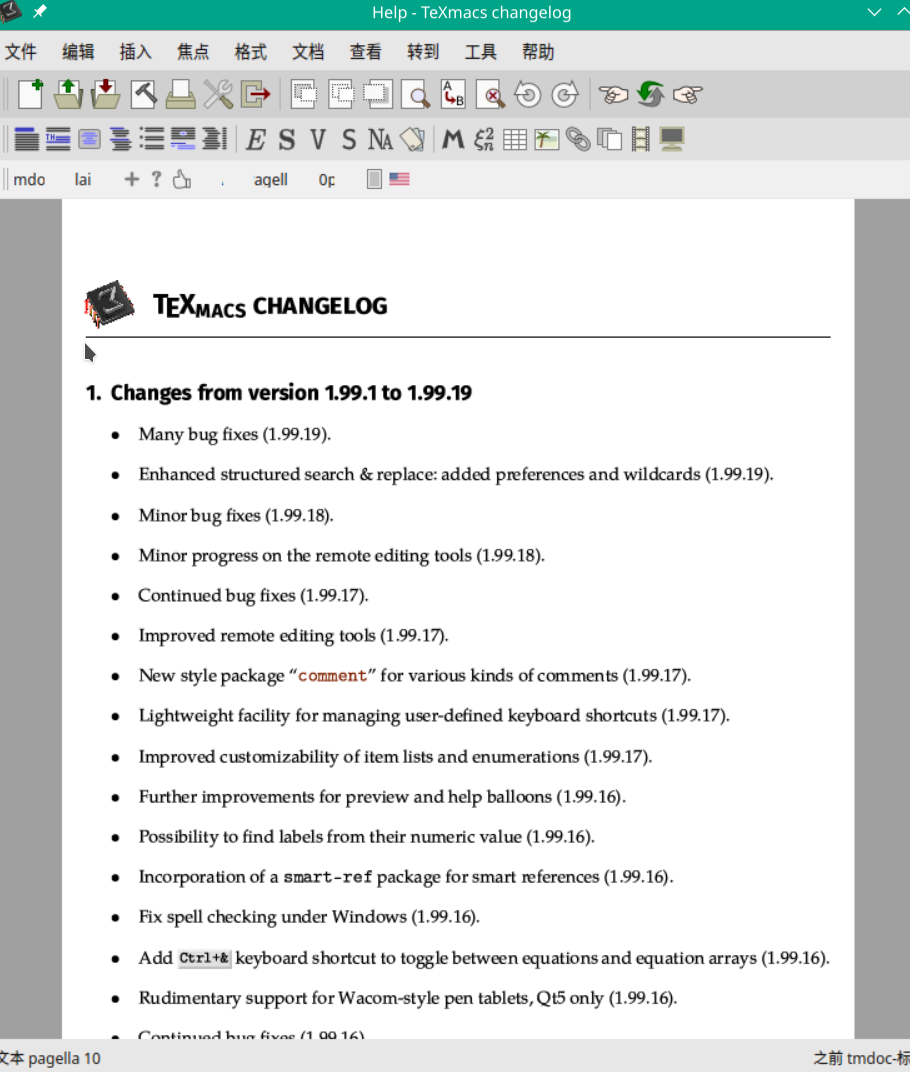

Maybe I should tell the package maintainer.

To the source code, or compile with -D HAVE_PTY_H It seems there’s a problem with the compilation, which can be solved by adding a line OK, actually I don’t need to compile all of TeXmacs, just tm_r.
#Screens texmacs how to#
Do you know how to recompile the TeXmacs package in manjaro?
#Screens texmacs install#
I was trying to install TeXmacs from the source, but I was having problems (with guile). In my installation, this is because for some reason the interface between R and TeXmacs, called tm_r, isn’t installed. OK, I installed manjaro under parallels under OSX. Thus, you can ask R for help, and it should be inserted nicely formated into the current buffer. This last command opens a postscript device, and sets it up so that the v() command will copy from it to TeXmacs.Įverything should work as on the local machine. (The argument ‘-t’ makes ssh open a ‘psydo-terminal’, which interacts better with TeXmacs) Now enter: You should then get the prompt of the remote system. One that is set up, enter the following command in an R session: You should also install the TeXmacs package on the remote system. To do that it is best to first set up a possibility for password-less ssh sessions (which means you need to ssh-keygen on the source system, and add the public key in the file ~/.ssh/authorized_hosts.) One of the best features of the TeXmacs+R interface is the ability to work on remote systems. The help page is inserted formated into the current Buffer: The second, which is what I usually use, is to just ask for help in the usual way: The first, is the usual help.start(), and using a web browser. There are at least two ways of calling help in R inside TeXmacs. We can control this by specifying the size of the image that should actually be produced by R v(width=8,height=8) (remember you can go up and edit the previous expression): Thesefore, hit enter a couple more times, followed by v():Īs you can see, the size of the graph doesn’t fit very well. Not only that, but it might be that we’re not even finished with sending/receiving all the input lines. The current interface between TeXmacs and R can not tell when the R process finished evaluating its input. These represent the prompts given by R as the lines are sent to the session. Here is a nice plot taken from the R Graph Gallery. > plot(1 :10) title( "Our first sample plot") v() You could, of course, have done two plot commands and one v(). We now have a second copy of our graph, with a title. v() inserts the current plot as is into TeXmacs. The result will look something like the following:Īs you see, we needed two commands: the usual plot call, and v(). Notice that after the first plot() command, usually a new window pops up, and you have to select the TeXmacs window again. To turn on this coloring scheme, select the aptly named menu item Document →add package→Program →varsession.īTW: If you prefer to invert the behaviour of enter and shift-enter, select the option multiline input as shown below: You also see two additional features: syntax highlighting, and special background colors for input and output text. The input field will expend, and nothing will be sent to the R process. If you would like to enter multiple lines of text at once, press shift-enter, instead of enter. The output will be replaced by The new output. What is nice in using TeXmacs as an interface to R is that you can now move up to the previous line, edit it, and press enter again. After starting an R session, you get the usual R prompt ‘>’.


 0 kommentar(er)
0 kommentar(er)
